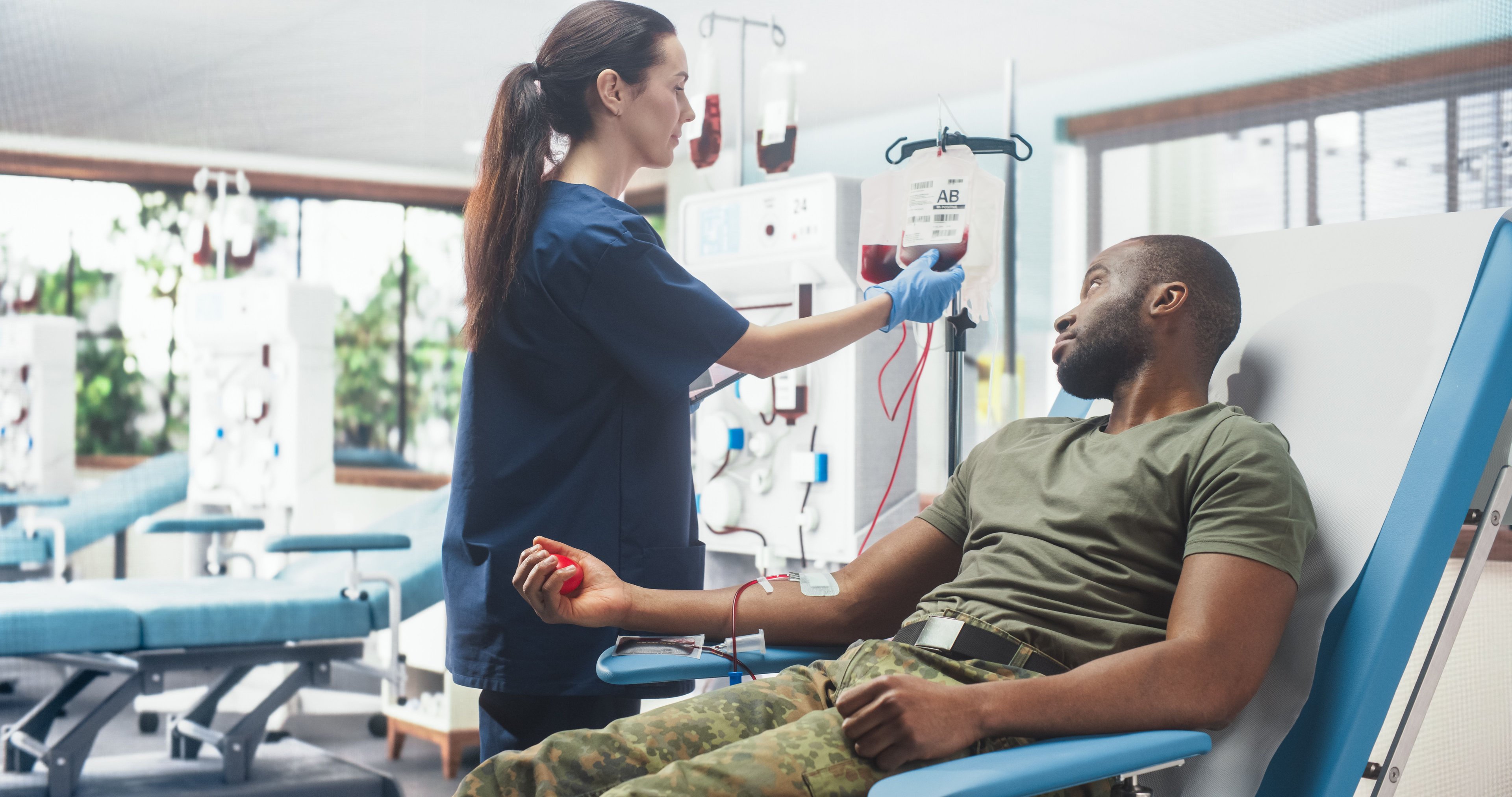For most people and most businesses, $215 million is a lot of money. AmerisourceBergen (ABC +1.17%), Cardinal Health (CAH +2.54%), and McKesson (MCK +1.30%) will jointly pay that amount to two counties in Ohio rather than head to federal court in the first of many lawsuits over their roles in the opioid epidemic. However, in the grand scheme of these businesses, $215 million represents a drop in the bucket for these successful healthcare distributors.

Image Source: Getty Images.
First, what does a healthcare distributor do? AmerisourceBergen, Cardinal Health, and McKesson serve as the distribution network for approximately 90% of all prescription drugs in the U.S. All three also boast extensive global capabilities as exemplified by AmerisourceBergen's operations in 50 countries and Cardinal Health's roughly 18,500 employees outside of the U.S. Pharmaceutical companies sell their drugs to these big three which then store, resell, and deliver the medicines to pharmacies, hospitals, and other healthcare providers.
In addition to providing the infrastructure to support our country's need for medicines, these companies add value to the various constituents throughout the supply chain by offering other services.
For example, these companies help ease the management of physician practices by assisting in reimbursement and revenue cycle management. Consider an oncology clinic. Many cancer-fighting drugs are administered by infusion. The clinic must purchase the drug out-of-pocket, administer the drug to the patient, and then get reimbursed by the patient's insurance. Systems from these healthcare distributors help reduce the time from when the drug is purchased to attaining reimbursement for it. This differs from pharmacy benefit managers (PBMs) which negotiate on behalf of health plans or employers about which drugs will be reimbursed and at what price. For pharmaceutical companies, the distributors also offer clinical trial support services, market analytics to better understand which drugs are being shipped where and how frequently, and even staffing to support specific drugs.
Monster revenues across the board
With nearly 90% of all medicines in the U.S. moving through the supply chains operated by AmerisourceBergen, Cardinal, and McKesson, these companies are critical components of the U.S. health system. Combined revenues from the companies topped $140 billion in the last quarter alone. While the core businesses continue to grow, payouts and reserves related to ongoing opioid litigation tarnish the financial statements.
As the table below shows, there are dramatic differences in earnings per share and adjusted EPS in last quarter's financial statements. The adjusted EPS reflects the ongoing operations and eliminates one-time expenses such as legal settlements. This gives clearer picture of the day-to-day business.
| AmerisourceBergen | Cardinal Health | McKesson | |
|---|---|---|---|
| Market cap ($billion) | $17 | $15 | $25 |
| Revenues ($million) | $45,600 | $37,300 | $57,600 |
| EPS | $0.63 | ($16.65) | ($3.99) |
| Adjusted EPS | $1.61 | $1.27 | $3.60 |
AmerisourceBergen had $133 million in net income stemming from revenues of $45.6 billion in its latest quarter. For the full year, the company inked $179.6 billion in sales. Like McKesson, AmerisourceBergen's management forecasts mid- to high-single-digit revenue growth in the coming year.
Cardinal Health hit $37.3 billion in revenues last quarter. Using generally accepted accounting practices (GAAP), the operating loss hit $5.3 billion. This included a $5.6 billion accrual for opioid litigation for which numerous pending lawsuits exist. Meanwhile, on a non-GAAP basis, operating earnings grew 6% to $577 million. The non-GAAP numbers show the growth of the underlying business while excluding certain nonrecurring expenses.
McKesson generated revenues of $113.3 billion in the first two quarters ended Sept. 30. The company expects 7% to 9% growth in top-line revenues from last year's $214.3 billion. Assuming 8% revenue growth, that should translate into roughly $231 billion in revenues for the entire year.
History of paying back shareholders
Cardinal Health outdid its two competitors with a 2019 dividend equaling $1.92 per share. Its long-running dividend started way back in 1983. AmerisourceBergen and McKesson both paid $1.60 per share in dividends in 2019. AmerisourceBergen's history of paying and increasing its dividend dates to 2001, while McKesson's started in 1994.
In addition to the dividend, McKesson returned nearly $1.4 billion to investors through stock buybacks in the first two quarters of its 2020 fiscal year. The company's board authorized up to another $2 billion in share repurchases. If enacted, this should lead to a higher price per share.
Should you buy now?
Election-year rhetoric could put pressure on these healthcare middlemen. The oversimplistic view is that eliminating these go-betweens will drive healthcare costs down. In fact, the opposite might be reality. These distributors, sometimes called wholesalers, typically only keep a small fee of around 2% of the drug's price and generally are not involved with setting the drug's price. PBMs, on the other hand, directly negotiate discounted prices and are paid between 30% and 40% of the drug's cost.
These distributors can handle everything from mundane generic pills to highly complex, time- and temperature-sensitive therapies only administered at hospitals or specialized clinics. This month, the Veterans Affairs Healthcare System selected McKesson as its prime pharmaceutical supplier.
The infrastructure and size of these companies allow them to quickly interact with physicians, pharmacies, healthcare facilities, payers, patients, and manufacturers to quickly get critical drugs where they need to be. If these companies were eliminated, a fragmented patchwork of alternatives would likely emerge which could create delays in patients receiving medications, bottlenecks in reimbursement, and ultimately greater frustration for all constituents.
AmerisourceBergen, Cardinal Health, and McKesson should be applauded for their long histories of increasing dividends. However, buy-and-hold investors looking for stable businesses may want to look elsewhere. These individual components of the S&P 500 index failed to outperform the index itself over the one-, two-, and five-year periods. Further, the uncertainty surrounding the outstanding opioid litigation and potential payments required of the companies could weigh on the individual stocks for the foreseeable future. While these healthcare distributors provide the backbone infrastructure for delivering vital medications across our healthcare system, investors are better off owning the index rather than these companies individually.






